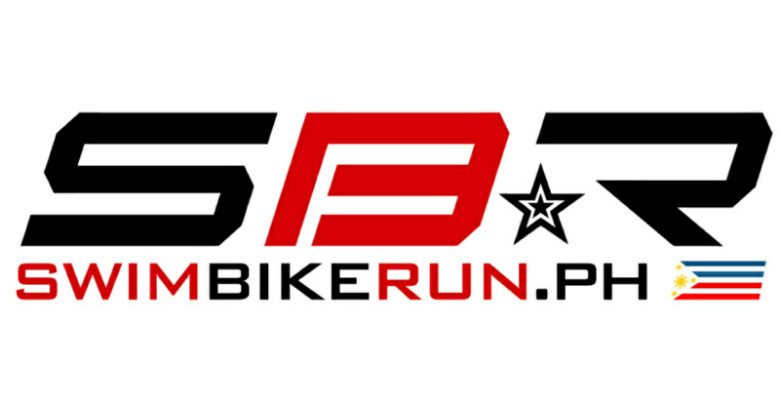Ironman Champion Dave Scott Offers Tri Wisdom


I’m often asked about my coaching philosophy. As you move from athlete to coach, the bridge of experience is evident. What’s not always evident, however, is why you became an athlete in the first place. I didn’t start out with the singular focus of only winning Ironman, though it was fantastic when I did. I started out with a curiosity for training and gained self-confidence through my training. I knew going into each race that my confidence would help to support a fast day and a successful outcome.
After transitioning from coaching myself to coaching others, I knew the best place to start was to establish and build upon an athlete’s confidence level. The technical stuff is secondary if you don’t have the inner-drive, mental edge and physical foundation to take the leap.
My philosophy on coaching boils down to these simple sentiments: I’m a teacher, not a coach. By building self-confidence, any athlete has the foundation for success.
As an athlete, you will be faced with many questions regarding your training and racing. To newcomers and those looking to become more competitive, this decision-making process can be overwhelming. In addition to training strategies, there are also decisions to be made on gear selection, diet, coaching, racing and how to incorporate technology into your efforts.
When I began training, my practical knowledge base was very limited. Though I had graduated with a degree in exercise physiology and had been a competitive swimmer, I had a limited understanding all of the nuances, including technology, that training involved. Looking back, this was probably an asset for me. Heart-rate monitors, power meters and fluid-replacement drinks just didn’t exist. I began wearing a watch while racing in 1983. I never ran a track workout–not one–until 1993. I never had a speedometer or power meter during my entire career.
My advice to triathletes is to utilize the technical advances made in the sport to assist in training and racing, but don’t become too reliant upon them and lose focus on how your body feels. As you approach your training and racing, let your perceived exertion be an early guide in helping to monitor your performance. Allow your psychological capabilities to expand, not diminish.
Mind games for race gains
The psychological and emotional aspects involved in training and racing are as important to triathletes as the physical skills. Here are some practical suggestions to keep in mind as you approach race day:
- Write down four to 10 key words that describe how you felt during a fantastic training session. Think of your best training day and write down the feelings that allowed you to flow during the workout, including some for all three sports. For example, a swim workout description might include the following: “fluid, powerful catch, hips floating to the surface.” Now recite them with your eyes closed. See yourself in the race with these same feelings. Practice this mental imagery when you have a calm moment during the day.
- Decide what you can control in your race and determine how you’re going to do it. This requires you to have a mental map of the race course. Study the course online or discuss it with previous racers. Ultimately, you should view the course first-hand during the final days leading up to the race.
- Controlling your emotions will alleviate race anxiety. Recognize what you do well and decide how these skills will guide you during the race. Also, minimize stress in your daily routine and take comfort in the routines that allow a psychological and emotional lift to your race preparation. While I was preparing for the Ironman Kona in 1994, I was advised by a sport psychologist to select only items that I was willing to control in my life and release everything else. This allowed me to focus on tangible tasks and not to wrestle with the mundane psychological turmoil that ultimately hampered my final sharpening for the race.
- Select three levels of goals to your race and write these down.
- Level 1 is a solid race. The race may unfold with a few hurdles, but you will overcome these diversions.
- Level 2 is the race that mimics your preparation. Your potential is projected by the race outcome. This race is extremely gratifying.
- Level 3 is the race that supersedes your expectations. You have visualized a day where you will unleash a race that is 10 to 20 percent above your expectations. This is not a dream, but an achievable goal.
Another important key to training and racing is nutrition–vital for triathletes before, during and after training and racing. Let’s take a look at each:
Advantages of pre-fueling
- Since your body burns blood sugar and your brain burns liver glycogen while sleeping, it’s necessary to “top-off” blood sugar and glycogen stores prior to exercise
- Slows down the process of muscle glycogen being catabolyzed, or broken down
- Jump-starts your available energy
- Helps boost your immune system
Advantages for fueling during exercise
- Maintains blood volume, blood sugar and electrolyte levels
- Reduces the rate of muscle glycogen depletion
- Minimizes muscle breakdown and damage
- Limits mental fatigue
- Reduces stomach issues during training and racing
- Maintains the highest energy output for the length of your session
Advantages to post-exercise fueling
- Replenishes muscle liver glycogen stores
- Start rebuilding and repairing of muscle damage
- Suppress immune system
- Stimulates protein synthesis
- Increases glucose uptake
- Expedites the removal of metabolic wastes
- Expedites recovery time
- Reduces free radical cellular damage
- Increases fat oxidation (starving yourself does not burn fat)










